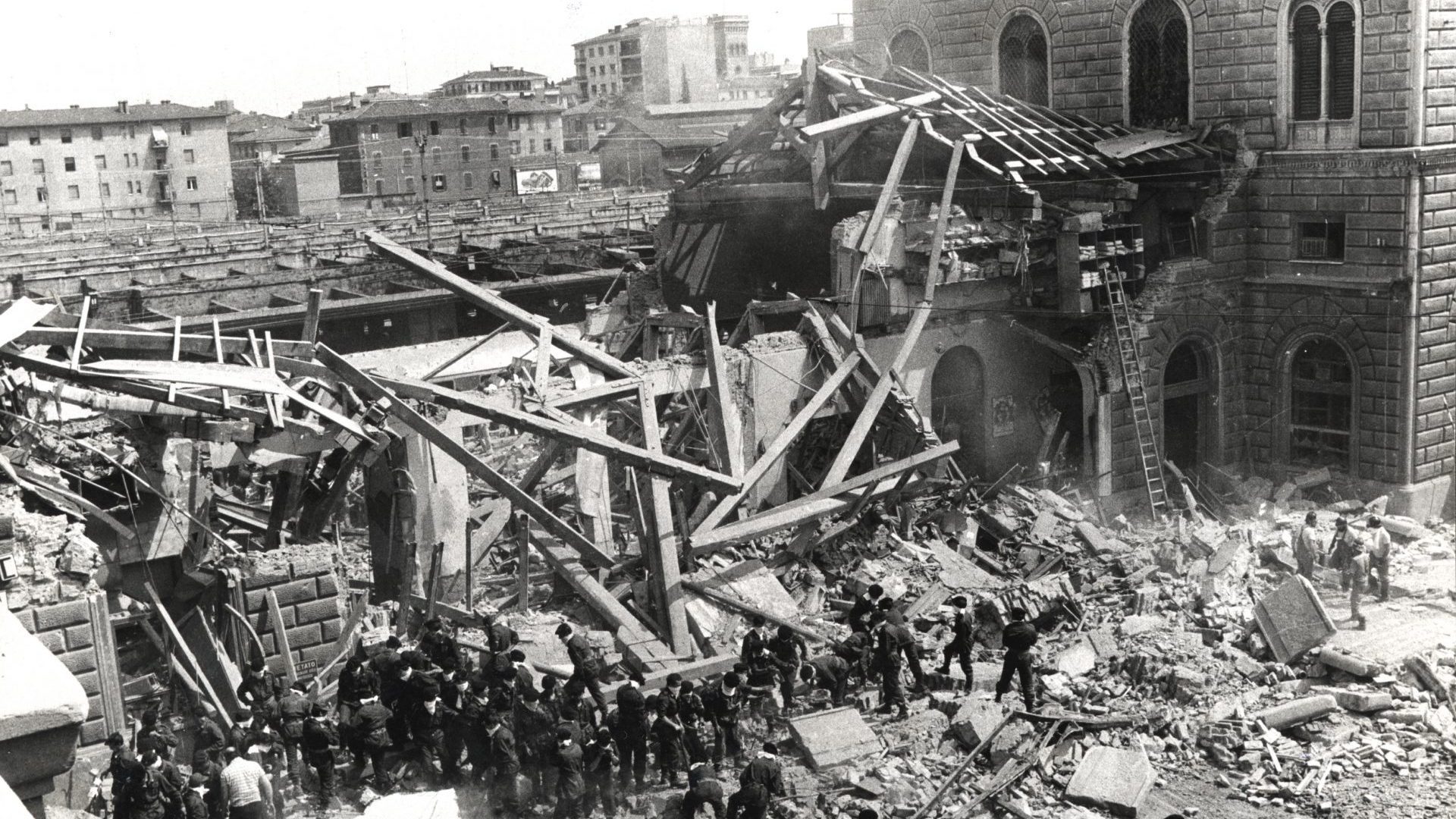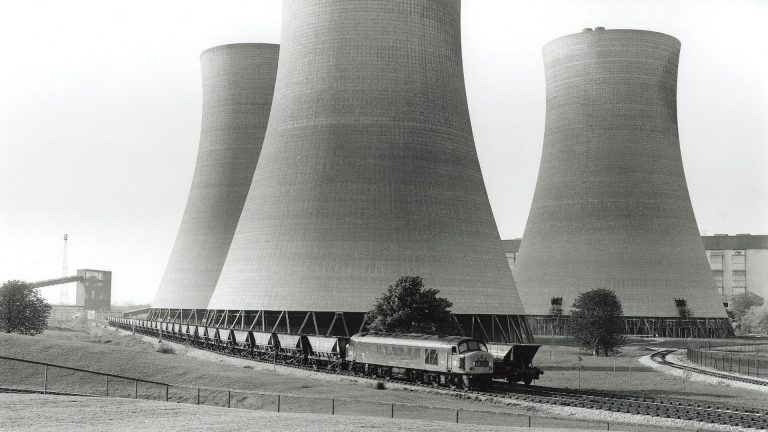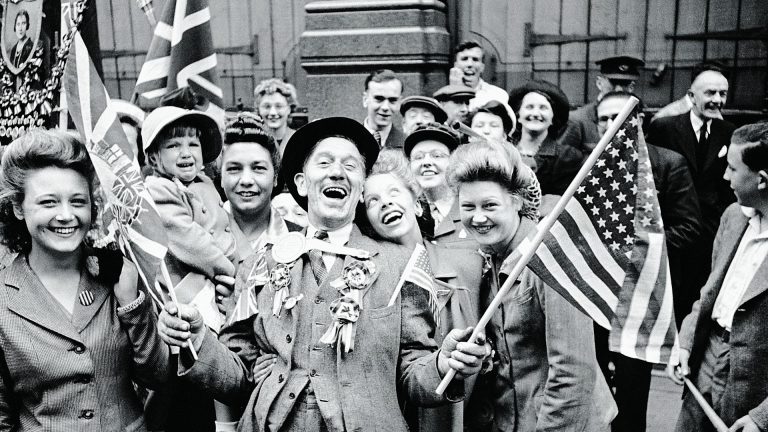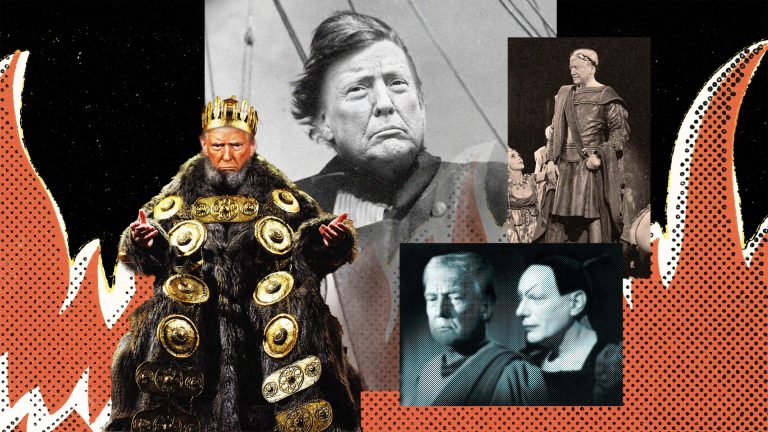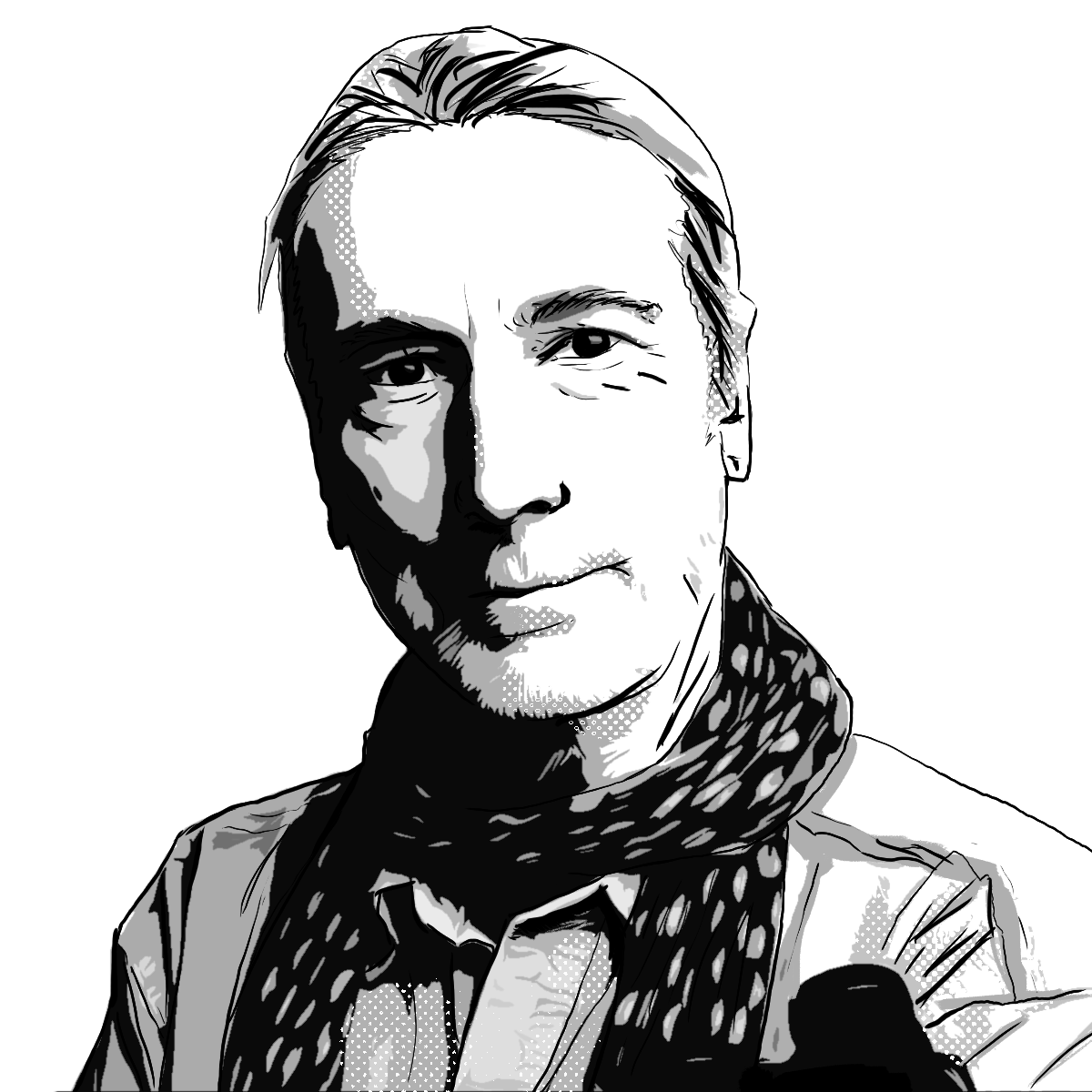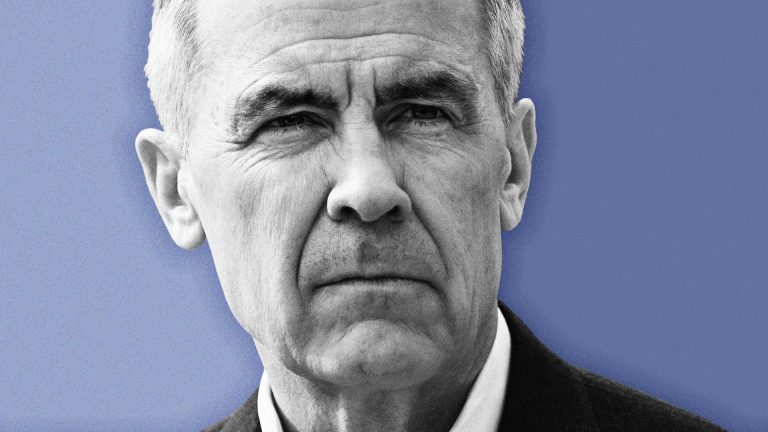Catherine Mitchell and her boyfriend, John Kolpinski, would have been 65 this year. But 43 years ago this summer, their lives were brutally cut short. The pair had set out from Bristol to see Europe by train. On August 2 1980, they happened to be in the air-conditioned waiting room at Bologna railway station. It was packed with Italians and foreign tourists. When the bomb exploded among them at 10.25am, the result was horrific.
The roof of the waiting room collapsed. Most of the main building was destroyed along with a section of the northbound train waiting on platform 1. Among the ruined railway station lay 85 dead, including the two young travellers from Bristol. More than 200 people were seriously injured. The bombing of Bologna station was the worst terrorist atrocity to strike Italy during the period of unrest known as the “Years of Lead” and it remains one of Europe’s deadliest attacks.
Paolo Bellini was given a life sentence last year for his role in the bombing, after film footage taken by a tourist showed him at the scene. Bellini’s trial and conviction brought back painful memories of one of modern Italy’s most painful periods, during which, from the 1960s to the mid-80s, the country endured a violent struggle between left and right. It came as a painful reminder of how recently the country had been sunk in violence, and of the sense of political fragility that such episodes leave behind.
Bellini was a member of a neo-fascist organisation called “The National Vanguard and the Armed Revolutionary Nuclei”, one of a stew of extremist groups that had emerged across Italy’s mid-century political landscape. The growth of the far right was partly a reaction to changes taking place on the left and across Italian society more broadly. A new radical strain had developed among working class Italians, many of whom had moved from the south to work in the huge factories of the north. This coincided with new movements among Italy’s student body, which demanded changes to the conservatism, clericalism and, in some southern regions, the almost feudal nature of Italian society and the workplace.
This new strand of politics was seen as deeply subversive by the Italian right, which watched with unease as new social movements, imbued with the anarcho-libertarian spirit of the 60s, allied themselves with the older, more experienced Italian left. These were the former resistance fighters and veteran trade unionists, people with practical experience of struggle and confrontation. This new leftist coalition of old and new scored some notable successes. In June 1960, a group of former partisans encouraged and assisted young emigré workers in physically preventing the neo-fascist Movimento Sociale Italiano from holding its conference in Genoa. And so the dividing lines were drawn and the descent into violence began.
On December 12 1969, an explosive device ripped through the main hall of the Banca Nazionale dell’Agricoltura headquarters in Milan’s Piazza Fontana. Seventeen people were killed and 88 injured by the device, planted by members of Ordine Nuovo (New Order) a neo-fascist organisation. That afternoon three more bombs were detonated, in Rome and Milan. One of the many worrying questions raised by this outrageous bombing campaign was how it could go ahead under the watch of the police and security services. Years later it emerged that a police commissioner in Padova, Pasquale Juliano, who had been investigating the activities of the far-right in the region, had tried to warn his superiors that a “spectacular” was being planned. Juliano was threatened by his superiors with disciplinary proceedings and removed from the case.
The murders of several left wing activists and government officials gave rise to a fear on the Italian left that a right-wing, US-backed coup was under way. It may seem outlandish now, but in 1973 just such a coup had overthrown the elected leftist government of President Salvador Allende in Chile. Out of this cauldron of paranoia and violence came the Red Brigades and a bewildering array of other armed leftist groups who saw themselves as heirs to the Italian partisans’ resistance struggle against Mussolini and the Nazi occupation. Their tactic was in effect a mirror image of their fascist opponents – they would target “reactionary” politicians, industrialists, judges, policemen and even journalists.
Then came the dark night of the Italian republic. It began on the morning of March 16 1978, when Aldo Moro, the former Prime Minister and elder statesman of the Christian Democrat party was kidnapped by a Red Brigade cell while on his way to parliament. Moro, who had been a dominant figure in Italian politics since the war, had been trying to open up the ruling government coalition to the Italian Communist party. The Italian Communists were western Europe’s largest and most popular hard left party, and at the 1976 general election it had gained 34% of the vote. Moro was promoting them in the teeth of opposition from his own party and the broader right.
The Red Brigades were also opposed to the induction of Italy’s Communists into the political mainstream. The Italian Communist party had already broken ties with Moscow, a dangerous act of compromise that the extremist Red Brigade could not tolerate. Moro was identified as the culprit. The kidnappers, a group of former students, killed Moro’s five-strong police escort, held him in an apartment, subjected him to a “people’s trial” and after 55 days of captivity executed him, dumping his body in the boot of a Renault 4 left in Via Caetani, symbolically close to the headquarters of both the Christian Democrat and Communist Party offices.
As for the outrage in Bologna, I still remember hearing the news of the bombing. My family is Italian and we listened, ashen-faced to the news reports on the car radio as we drove across southern Ireland on holiday. My mother was immediately anxious about our relatives and the country’s future. The question everyone was asking – why Bologna?
The northern city was a Communist party stronghold and a strategic target for the far right. The Italian prime minister at the time, Francesco Cossiga, a Christian Democrat, remarked on the indiscriminate nature of the bombing, saying: “Unlike leftist terrorism, which strikes at the heart of the state through its representatives, right wing terrorism prefers acts such as massacres because acts of extreme violence promote panic and impulsive reactions.”
The official investigation into the station bombing was beset by delays. Eight years passed by before three members of a neo-fascist group called the Nuclei Armati Rivoluzionari appeared in court to face charges for their part in the attack; Valerio Fioravanti, Francesca Mambro and Luigi Ciavardini.
The bombing and subsequent investigation began to expose the dark forces many Italians suspected were blocking reform. A forthcoming book by Giuliano Turone, one of Italy’s leading investigative judges, will shed disturbing new light on these forces. Turone suggests that there was a high degree of collusion between neo-fascist groups and organs of the Italian state, including the security service. This collusion involved carrying out bombings and other outrages, including the murders of journalists, anti-mafia judges and police officers.
Documents from court investigations and parliamentary inquiries published by Turone lead towards worrying conclusions. They suggest that terror was used not only as a means to target the left, but also to frighten a wider section of the population into rejecting social and economic reform, just as Cossiga had warned. The aim was to push people towards accepting hardline measures designed to “maintain order”, in a “long coup” against Italy’s democratic postwar republic.
In a strategy paper written as early as 1962 and reproduced by Turone, Colonel Adriano Magi-Braschi, a commander in Italian military intelligence, had stated: “Italian communism is undertaking psychological warfare in order to gain power by legal means. It is therefore imperative to put in place an operational plan that is not only defensive but also offensive.” “We must create groups of activists who can use all means, even unorthodox ones: those of intimidation, threats, blackmail, street fighting, sabotage and terrorism.”
In 2000, the former head of Italy’s Defence Information Service, General Gianadelio Maletti, gave an interview to La Repubblica. He had been convicted in 1995 for obstructing the investigation into the bombing of Piazza Fontana and he alleged that: “The CIA wanted to create, using the rebirth of a heightened sense of nationalism and with the input of the extreme right – in particular Ordine Nuovo [the far-right organisation] – a block against the drift towards the left. This is the basis of the ‘Strategy of Tension’.”
“The CIA formed links between various extreme right wing Italians and Germans and laid down rules for their activities, even supplying them with materials,” Maletti claimed. “The explosive used at Piazza Fontana came from one of these supplies. The CIA tried to do what it had done in Greece in 1967, when the coup took Papandreu [the country’s centrist prime minister] out of the game. In Italy, things got out of hand for them.”
Catherine and John were among the many victims of this long, bloody, fight over Italy’s postwar politics. Catherine’s body was only identified from her signet ring and the watch she had borrowed from her father; John’s from the passport he carried. The pair had been to Venice and were on their way to Florence and Rome before a last-minute change of plans saw them stop at Bologna on the day of the blast. Their families spent decades fighting for justice alongside the relatives of the others killed in what was Europe’s worst single act of terrorism before the Madrid station bombings of 2004.
On hearing of Bellini’s life sentence last year, Catherine’s sisters, Susan Kennedy and Alison Mitchell, told me: “We’re relieved that at long last justice has been done, but it’s such a shame that our mum and dad did not live to see it. Dad fought so hard to see this day. Catherine was always such a forgiving person, but what happened to her and John and all those people was such an awful, terrible tragedy. It wrecked so many lives.”
Bellini, the perpetrator, was a distillation of the rottenness at the heart of Italian public life. A member of the far-right terror group Avanguardia Nazionale, Bellini also acted as a police informant and admitted killing 13 people for the Calabrian mafia, the ’Ndrangheta. The strands that met in Bellini — extremist politics, the state, crime and murder — read like a hit list of the elements that almost shattered Italian society. It was lucky then that the grainy Super 8 footage filmed by a German tourist from Geneva was re-examined at the trial using modern forensic methods. Bellini’s ex-wife, Maurizia Bonini, told the trial that the footage of a dark-haired man on platform 1 seen making his way from the scene shortly after the blast, did indeed show her former husband and that the previous alibi she had given for him to police was a lie. Bellini had always denied taking part in the bombing.
Catherine Mitchell’s father, Harry, died in August 2021 at the age of 90. He accumulated more than half a dozen boxes of documents and materials about the attack, storing them at his home in Launceston, in Cornwall. The Mitchells attended the first trial of those accused of the Bologna station bombing, despite the emotional trauma. The Italian government awarded them a lifetime pension in recognition of the state’s failure to protect their daughter.
Their surviving daughters said their parents had recognised the efforts of honest and dedicated Italian officials and activists in trying to bring their sister’s killers to justice over the years. “My sister and I want to publicly thank the Commune di Bologna and especially the Association of the Families and Victims of the 2nd August 1980 for their unwavering support and perseverance in bringing the perpetrators to account,” they said shortly after Bellini’s sentencing.
Italy’s era of plots, murder and suffering ultimately came to an end thanks to the strength of the democratic traditions embodied in the Italian constitution, a constitution born out of the bitter resistance against fascism, and the bravery and dedication of hundreds of unsung public servants. And now Georgia Meloni, head of the populist right wing “Brothers of Italy” party, which emerged in the 1990s from the Italian, post-fascist right, is the country’s Prime Minister. For Italy, it seems, the past is always close at hand.
Patrick Sawer is a senior news reporter at the Telegraph

